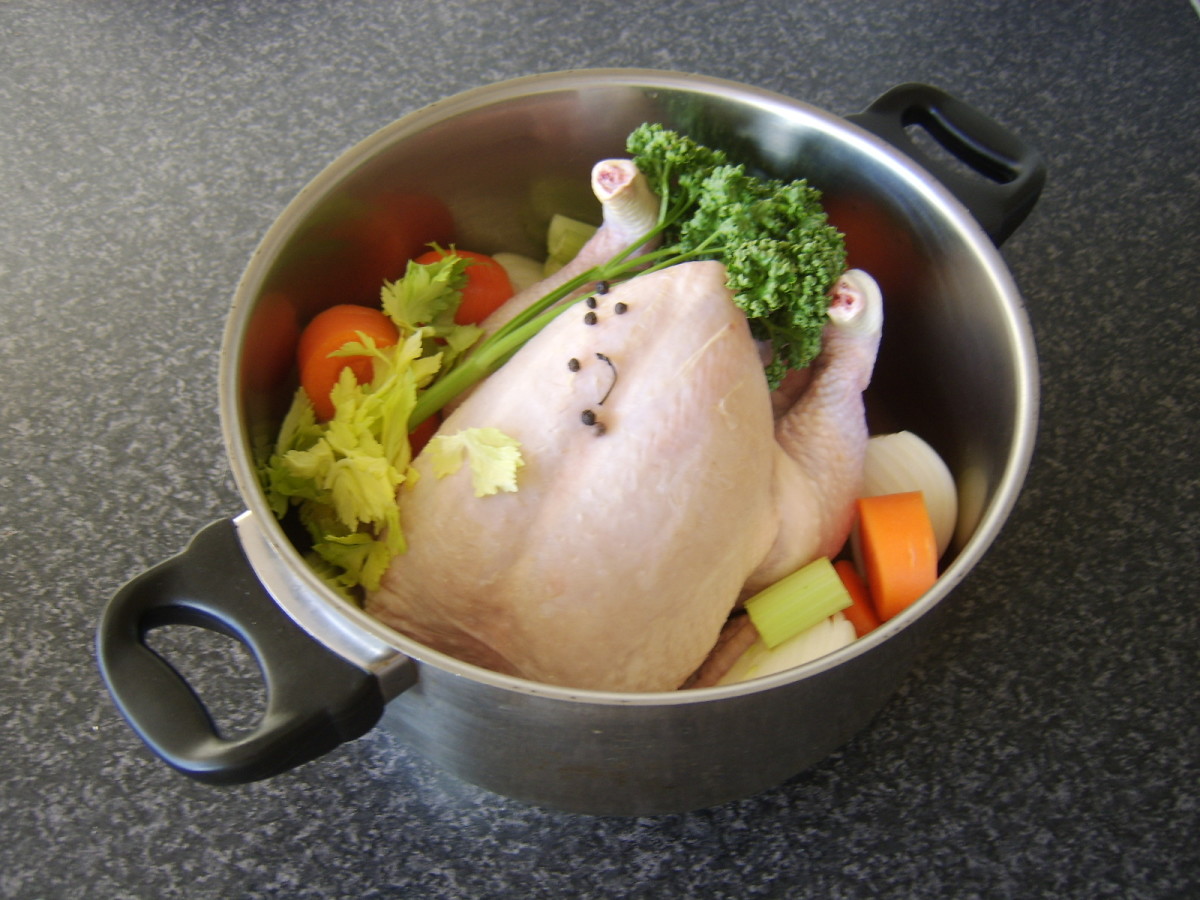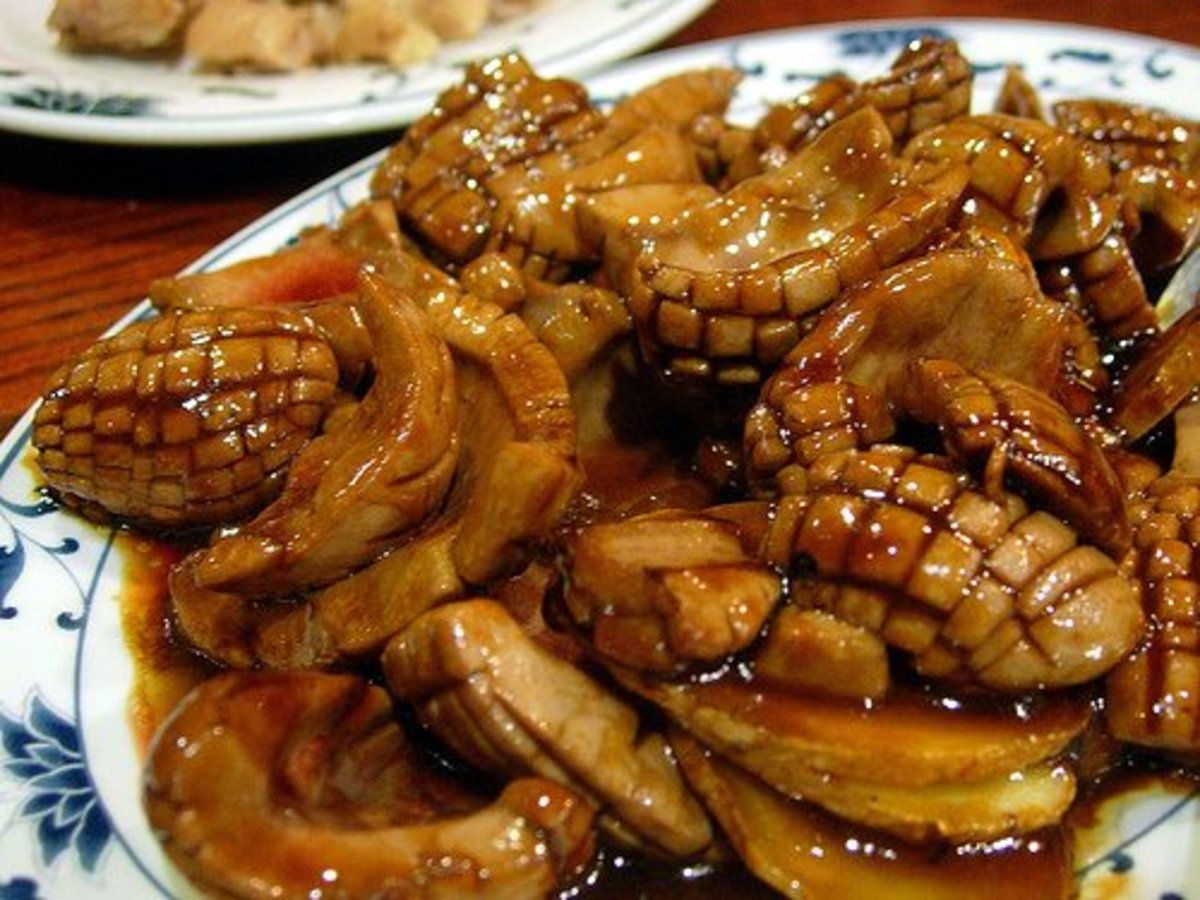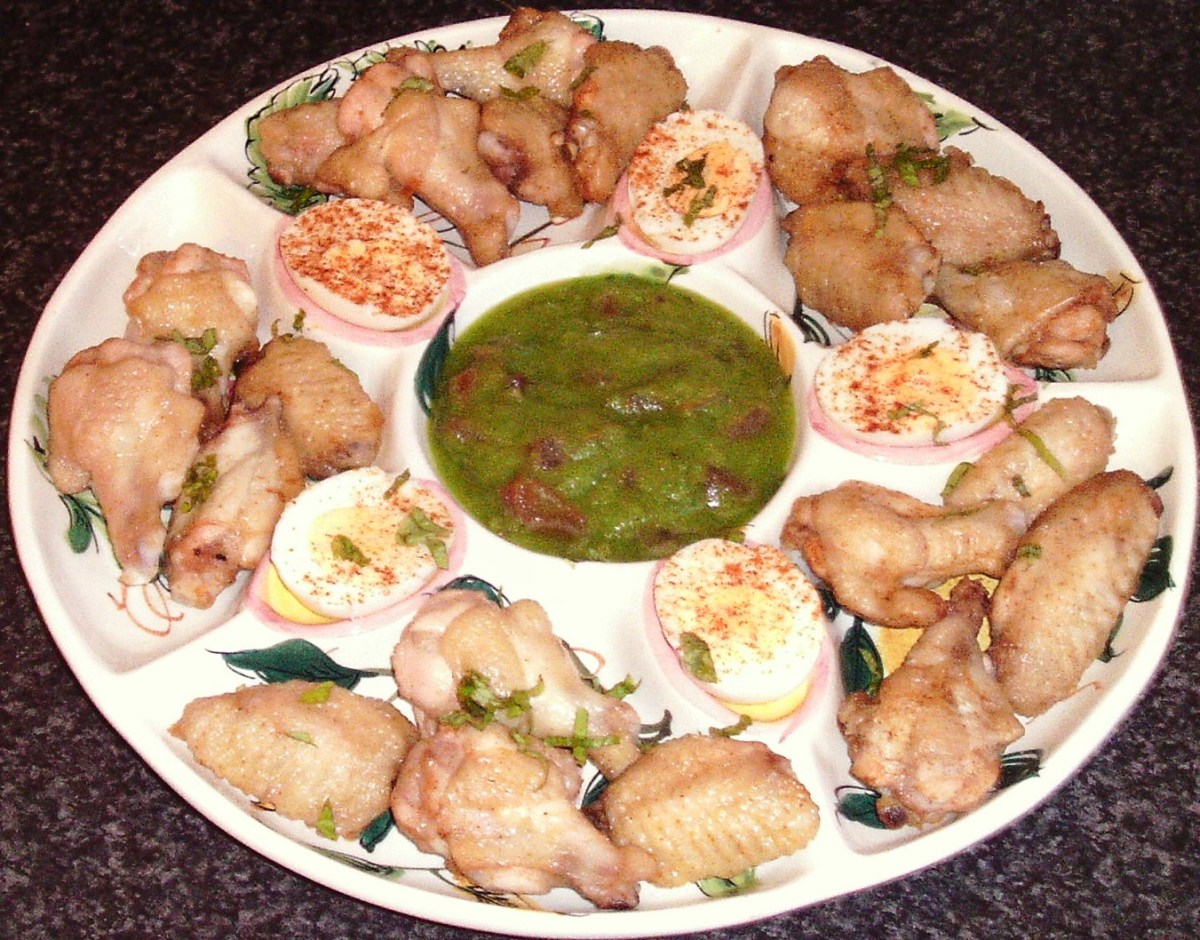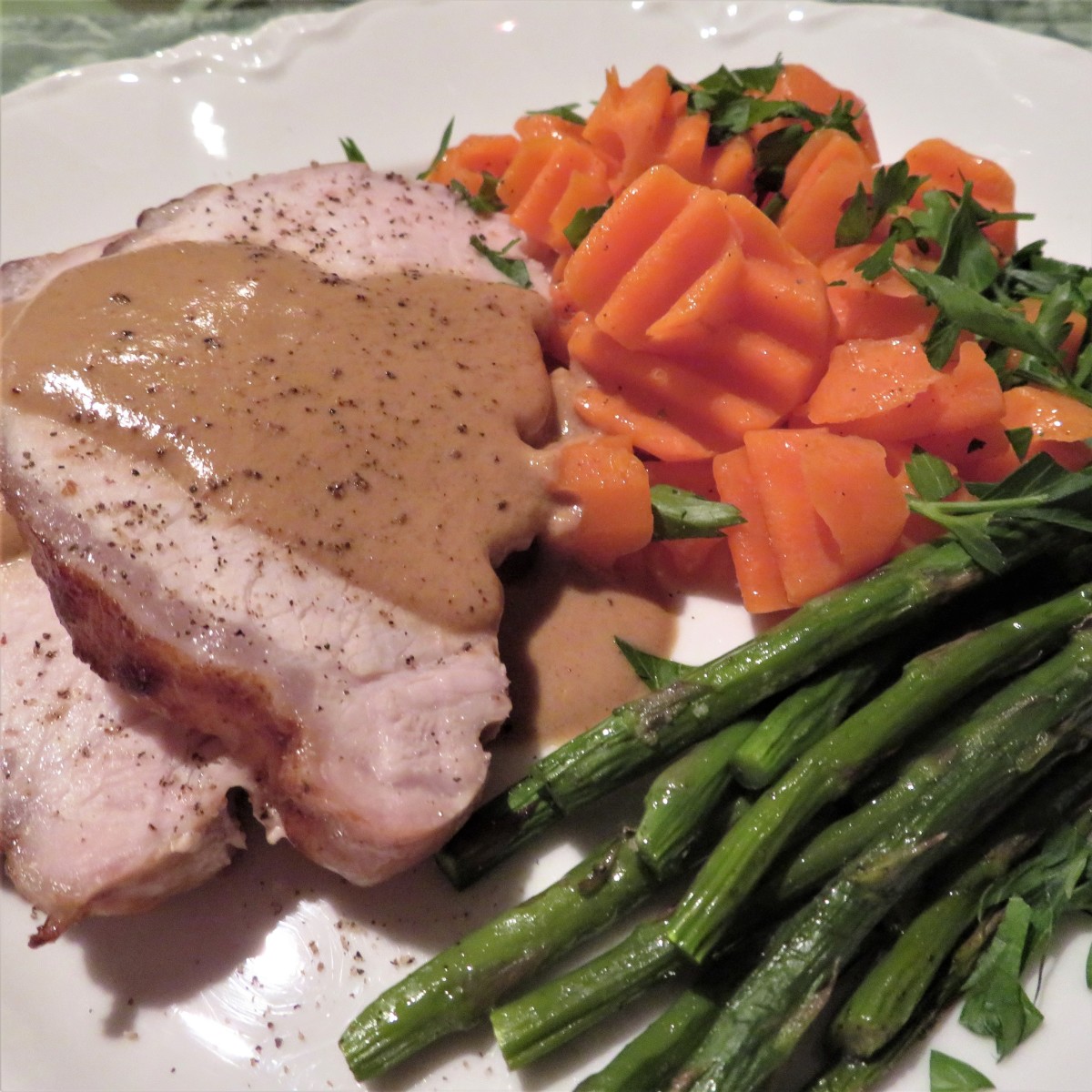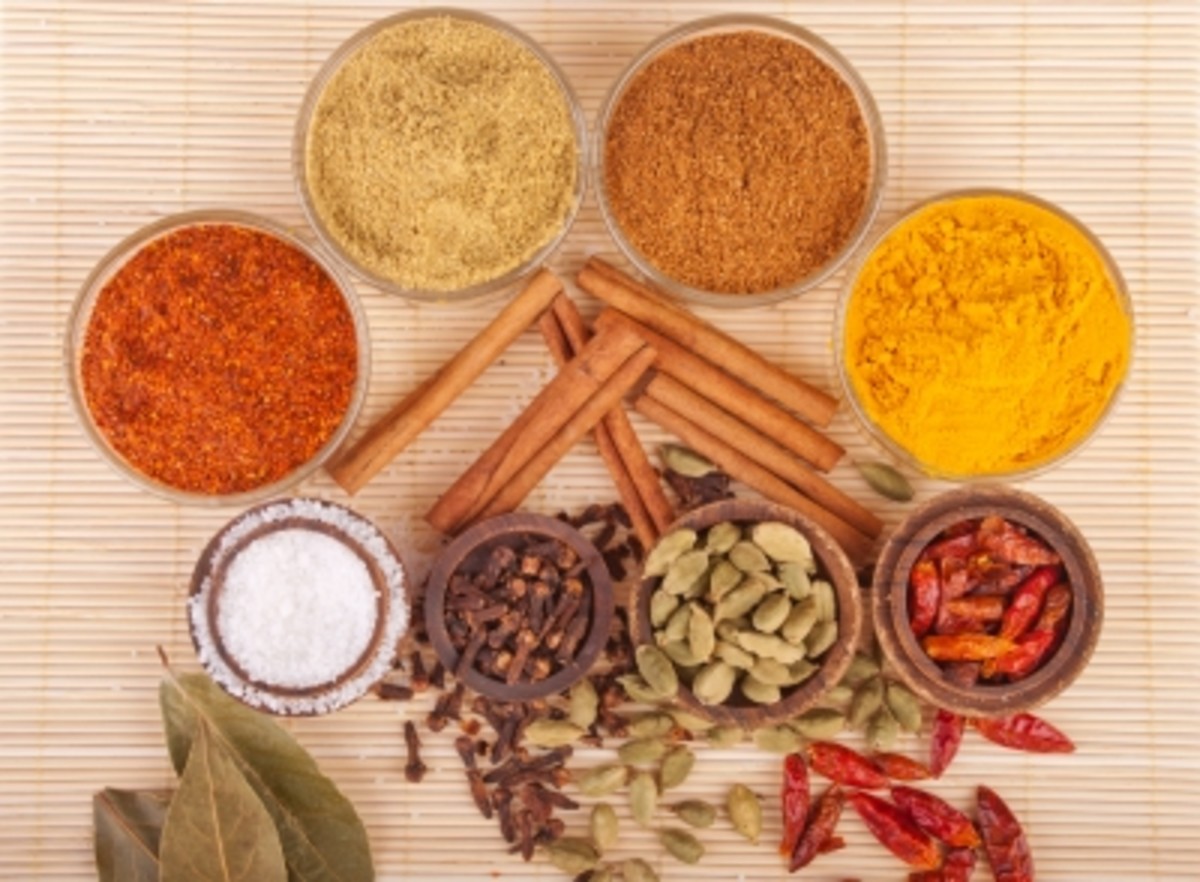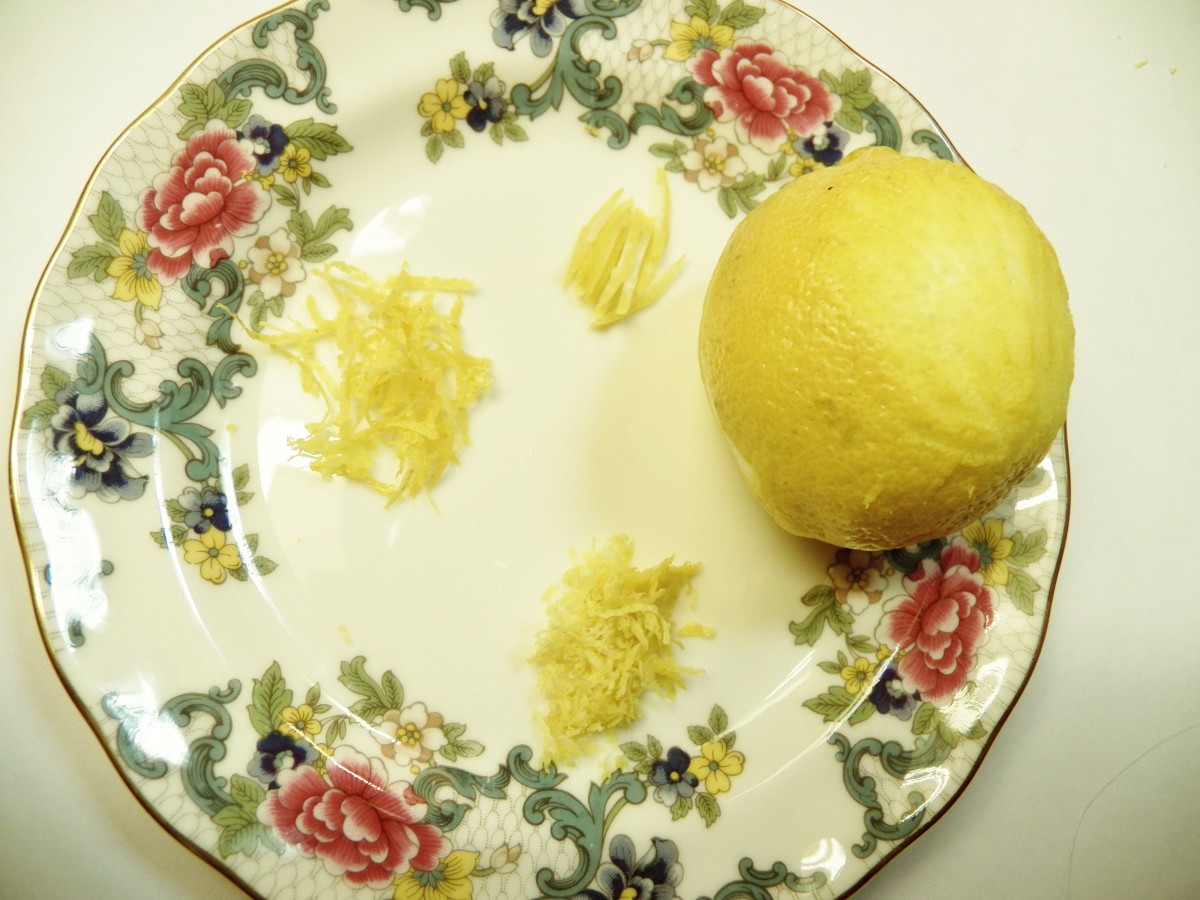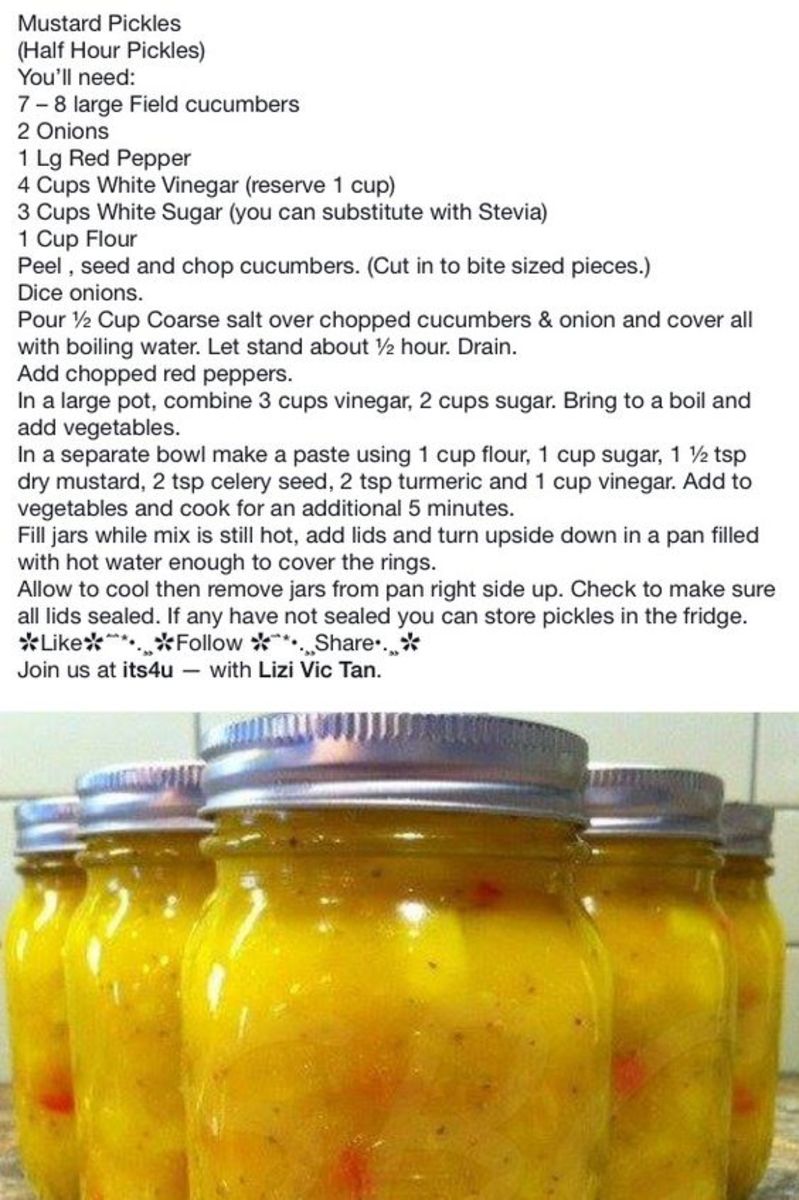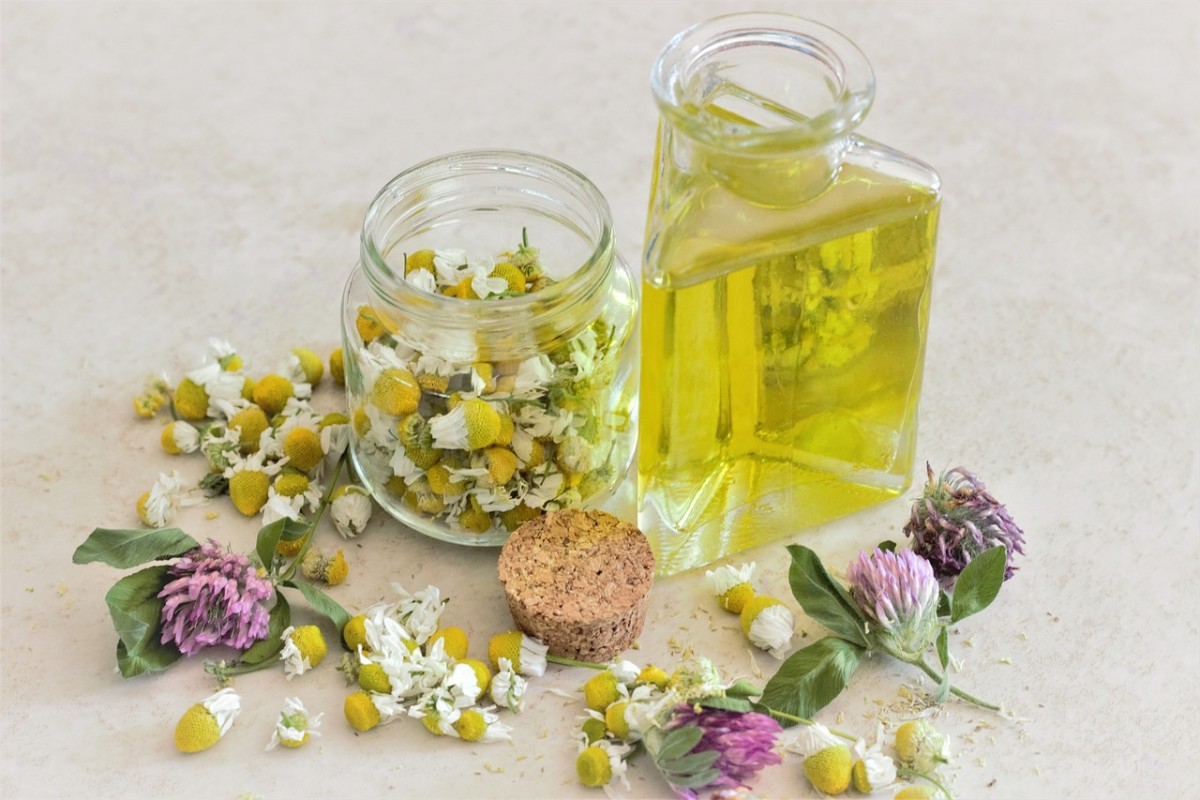Ask Carb Diva: Questions & Answers About Foods, Recipes, and Cooking, #66
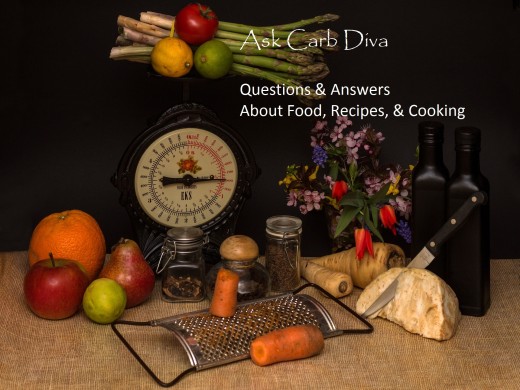
Happy New Year!
I'm happy that you are here today. If you're an old friend, you already know how this works. But, if this is your first visit, let me introduce you to my kitchen.
Each week I receive questions about food ingredients, cooking or baking terms or methods, requests for recipes, and queries about nutrition. Just about anything food-related has been covered here.
I'm sharing this past week's questions and my responses; it happens every Monday. Want to join in the fun? You can leave your question in the comments below, and next week the answer will be right here. It's that easy.
Changing Clam Chowder to Corn Chowder
If I wanted to make a corn chowder (clams could be difficult to find), would I just replace the corn with the clams in your recipe?
Mary, I think 2 cups of corn in place of the clams would work just fine. Use fresh or frozen (canned is too salty). I like to saute mine for a few minutes so that some of the kernels get toasty. It adds another layer of flavor. By the way, for those of you who missed my recipe for clam chowder, I'm repeating it here:
(Recipe from Cooking Light magazine)
Ingredients
- 4 pounds littleneck clams (about 4 dozen), scrubbed
- 4 cups plus 1 Tbsp. water, divided
- 1 tablespoon canola oil
- 1 1/4 cups chopped yellow onion
- 1 cup chopped celery
- 2 garlic cloves, minced
- 2 pounds Yukon Gold potatoes, peeled and cut into 1/2-in. pieces (about 7 cups)
- 1 tablespoon white miso
- 1 tablespoon chopped fresh thyme
- 1/4 teaspoon freshly ground black pepper
- 1 bay leaf
- 1 tablespoon cornstarch
- 1/2 cup half-and-half
- 2 tablespoons chopped fresh chives
Instructions
- Bring clams and 4 cups water to a boil in a large pot over high. Cook until clams open, 8 to 10 minutes. (Discard any clams that do not open.) Using a large slotted spoon, transfer clams to a large baking sheet lined with paper towels; set cooking liquid aside. Let clams stand until cool enough to handle. Pull meat from shells; discard shells. Coarsely chop clam meat and set aside.
- Heat oil in a Dutch oven over medium. Add onion, celery, and garlic; cook, stirring often, until onion is translucent, about 8 minutes. Add reserved clam cooking liquid, potatoes, miso, thyme, pepper, and bay leaf; cook until potatoes are tender, about 25 minutes.
- Transfer 2 cups of the chowder to a food processor; pulse until coarsely chopped, about 6 times. Stir mixture into remaining chowder.
- Whisk together cornstarch and remaining 1 tablespoon water in a small bowl until smooth. Stir cornstarch mixture into chowder; bring to a boil over medium-high. Remove from heat; discard bay leaf. Stir in clam meat and half-and-half until combined. Divide chowder evenly among 6 bowls. Top with chives.
What Is the Difference Between Roast Pork and Baked Ham?
My husband and I were talking about ham. I saw a leg of pork at the store. If I want a roast ham, do I have to boil it first? What is the difference between roast pork and a baked ham?
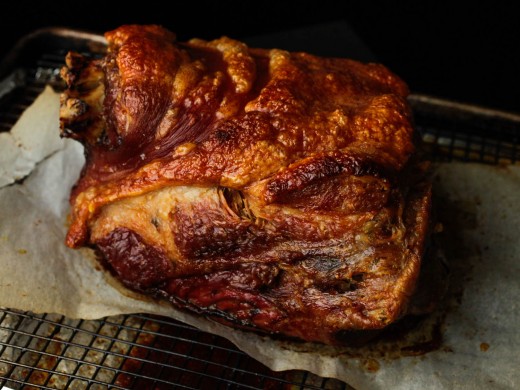
Pork is an occasional guest at our house, not a weekly visitor so I had to do some research to come up with what I hope will be the answer you were looking for. The problem is that I'm not certain exactly what pork (or ham) products are available to you in Brazil.
This excerpt from the Cook's Illustrated Meat Book presents an illustration of each type of pork (ham) product, what part of the hog they come from, and how best to cook them. In the United States, we think of ham as a flavor more than as a specific cut. (You can make almost any piece of the pig taste like ham). That "hammy" flavor comes from salting and smoking the meat. So with that in mind:
- Check the label on your ham to ascertain if pre-boiling before baking is recommended. It isn't required here in the U.S.
- A pork roast will have wonderful porky flavor, but won't taste like ham. It will be closer in flavor to pork spareribs. Hams don't taste "hammy" because of where they come from. It's all about how they are cured/smoked/brined. A non-cured/smoked/brined hind leg will taste like pork, not ham.
So, who is the expert on roasting succulent meats, coaxing every last bit of unctuous fatty bliss out of that piggy leg? My first instinct was to visit Julia Child (actually her cookbook, not the dear lady herself as she is departed from this earth) I've no doubt that Julia could roast a pig's leg with the best of them, but she calls for 3 days of marinating before we even think about the roasting.
Nope.
How to Cook a Pork Roast (Low and Slow is the Key)
I then perused dozens of recipes for roast legs of pork. Most of them were focused far too much (in my humble opinion) on the crackling skin and not on the juiciness and tenderness of the pork. All of them blasted the poor thing in a furnace (figuratively speaking) and then roasted "low" at 350 degrees.
That's still too hot people!
So, I went to my dear friend Kenji. He hasn't toyed with a pork leg, but roasted a shoulder (same animal, the same type of cut, just a different leg—front instead of back) and obtained amazing results. Here is his recipe for Ultra-Crispy Slow-Roasted Pork Shoulder.
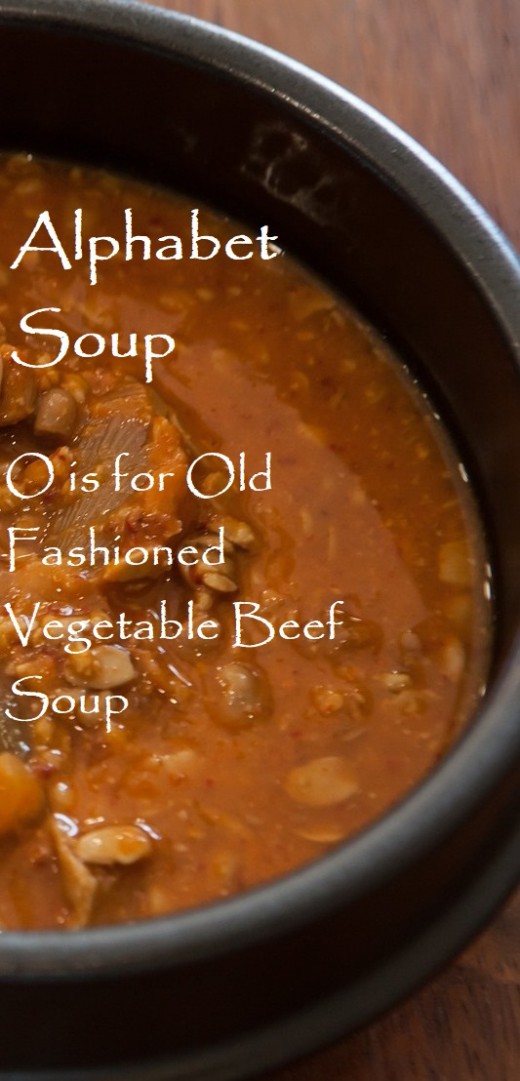
This is the way that my mom always made vegetable soup. Note that there are no green beans (we never ate them), and Heavens-sakes don't even think of putting corn in there (she was a farm girl and called the stuff "pig food").
Of course, mom never wrote down recipes. After all of these years, mine still doesn't taste exactly like my mom's, but it's pretty darned close.
Ingredients
- 1 pound beef stew meat, cut into 1/2-inch pieces
- 2 tablespoons all-purpose flour
- 1/2 teaspoon salt
- 1/2 teaspoon ground black pepper
- 2 tablespoons olive oil, divided
- 4 large carrots, sliced
- 1 large onion, chopped (about 1 cup)
- ½ head green cabbage
- 1 8-ounce can tomato sauce
- 4 cups reduced-sodium beef broth
- 1 bay leaf
- 1 can red (not kidney) beans, drained
- ½ cup brown lentils
- 2 medium russet potatoes, peeled and cut into ½-inch cubes (about 1 ½ cups)
Instructions
- Coat beef chunks with flour and season with the salt and pepper. (I find that the easiest way to do this is to place the flour and seasonings in a small paper bag, add the beef, seal the bag, and shake-shake-shake.)
- In a Dutch oven, heat 1 tablespoon of the oil over medium heat. Shake any excess flour from the beef chunks and add to the pan in batches. Don’t crowd too much into the pan at one time. You want the beef to brown, not steam. Remove from pan and set aside (beef will not be cooked).
- In the same pan heat the remaining olive oil over medium heat. Add the carrots, onion, and cabbage. Cook and stir until the onion begins to soften, about 5 minutes. Add broth and bay leaf. Stir to loosen browned bits from bottom of pan. Return beef to the pan, cover and simmer over low until beef is fork-tender, about 2 hours.
- Remove bay leaf from pan. Stir in drained red beans and lentils. If the mixture seems thick, add some water. Cover and simmer 15 minutes.
- Stir in potatoes. Cover and continue to cook over low heat until lentils are done and potatoes are tender, about 15 minutes more. Adjust seasonings if necessary.
We're Organized
Did you know that there is a Table of Contents for this series? I have created an article that provides a detailed listing of each question I've received. It's broken down by category, and within each category, the questions are listed alphabetically. Each question is actually a hotlink back to the original post.
Here's a link to that Table of Contents.
If you like this series, you'll love this! Consider it my gift to you.
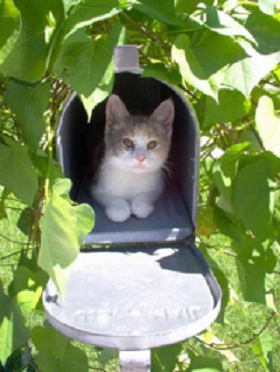
I hope that we can continue share in this food journey together. If you have questions about foods, cooking techniques, or nutrition you can ask them here. If you are in search of an old recipe or need ideas on how to improve an existing one I can help you. If you want to learn more, let's do it together. Present your questions, your ideas, your comments below. Or, you can write to me personally at this email address: lindalum52@gmail.com.
And, I promise that there will always be at least one photo of a kitty in every Monday post.
© 2019 Linda Lum

